SUMMARY
This is AI generated summarization, which may have errors. For context, always refer to the full article.
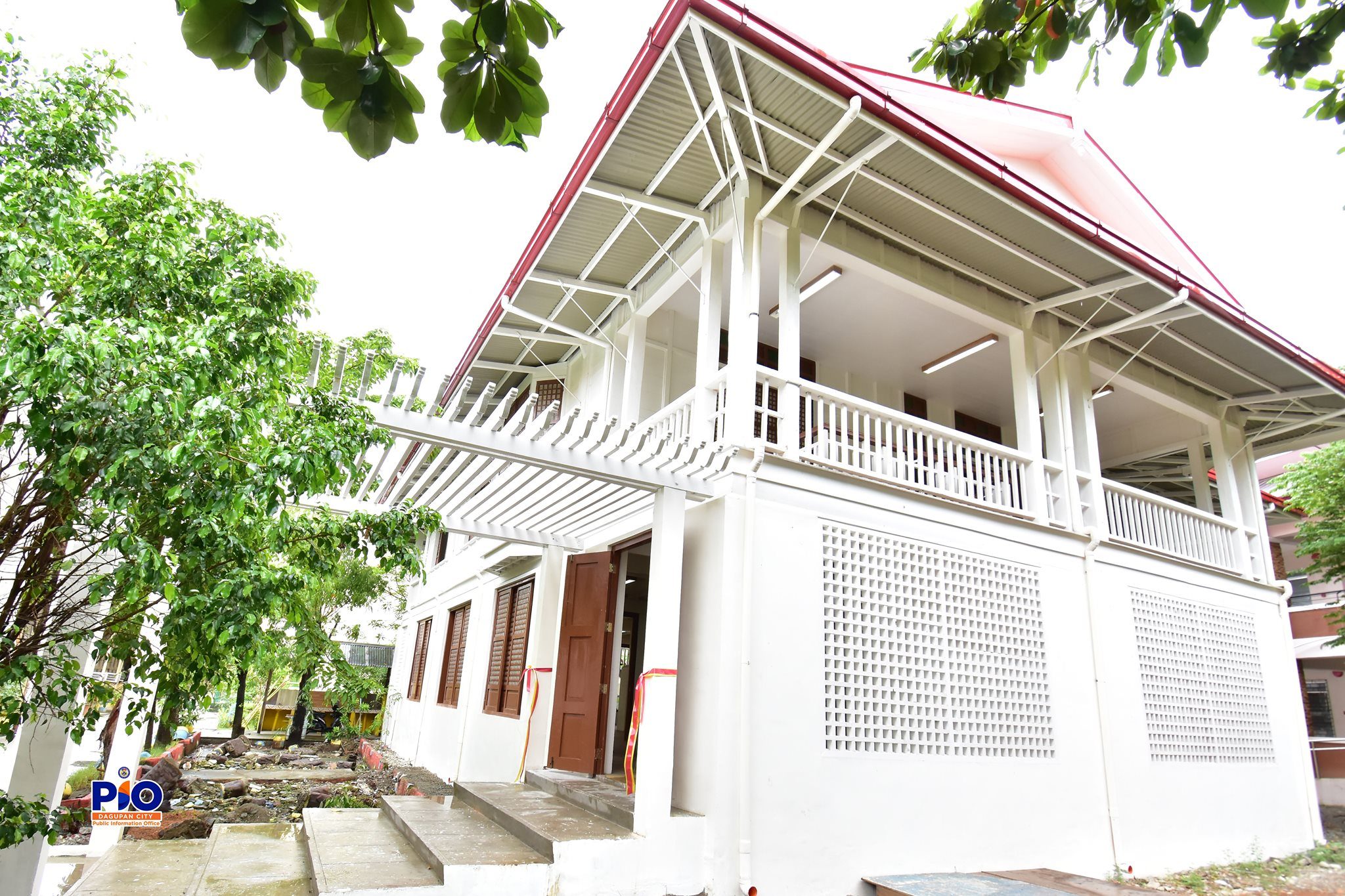
The West Central Elementary School I Home Economics (HE) Building, former headquarters of General Douglas MacArthur, opened on Wednesday, September 8, after two years of renovation.
The formal opening is part of the simultaneous turnover nationwide of the newly-restored Gabaldon buildings.
Gabaldons are school buildings built during the American colonial period and are considered heritage sites under Republic Act No. 11194, or the Gabaldon School Buildings Conservation Act.
The Department of Education (DepEd) and the National Commission for Culture and the Arts (NCCA) led the ceremonies. The Department of Public Works and Highways (DPWH) implemented the program in 2019 and 2020.
RA 11194, co-authored by Pangasinan 4th District Representative Christopher de Venecia and signed by President Rodrigo Duterte in 2019, aims to fund the renovation, repair, and restoration of all heritage buildings built between 1907 and 1946.
Isauro Gabaldon of the Philippine Assembly authored Act No. 1801 in 1907, securing an initial P1-million funding – a large amount during the time – for the establishment of public school buildings in the country.
The next few years saw a surge in construction of school buildings nationwide. Gabaldons are still in use today, although most have become dilapidated and in need of repair.
Photos showing the historic Home Economics building being dismantled in 2019 went viral and caused an uproar.
Under RA 11194, DepEd leads the renovation program, in consultation with the NCCA, the National Historical Commission of the Philippines (NHCP), and the National Museum.
Another law, RA 4846, or the Cultural Properties Preservation and Protection Act, forbids the renovation and restoration of important cultural properties without approval by the National Museum director, who then supervises the project.
But what makes this building special, not only to Dagupeños, but to all Filipinos?
Historic beginnings
The HE building was constructed in the 1930s during the American occupation, originally intended for student use. It was located in the premises of the West Central I Elementary School.
Tomas Mapua, the first Filipino registered architect, designed the building with a facade of yakal and yamban wood, and shutters with capiz shells adorning its windows.
During the Japanese occupation starting 1942, Dagupan City was chosen as the provincial capital of the Japanese-backed provincial government. The HE Building was then used as the capitol by then-governor Santiago V. Estrada Sr. and his provincial board until the liberation of the province.
General Douglas MacArthur, then Supreme Allied Commander of the Southern Pacific Area, drove the Japanese forces away in the Battle of Lingayen Gulf in January 1945. MacArthur established his Luzon headquarters in Dagupan City on January 13 of that year, in preparation for the retaking of Manila.
The general chose the HE building, one of the few surviving undamaged establishments, as his headquarters.
Former House speaker Jose de Venecia, who was nine years old at the time, wrote in his Manila Bulletin column, “MacArthur’s command post in Dagupan and memories of World War II,” that he remembered MacArthur waving joyfully, at times gazing down on them in the balcony. De Venecia’s classroom was right beside the headquarters.

Deterioration and restoration
By war’s end the building was once again used by students, teachers, and staff of the school.
It became a school library and a classroom.
Its ground floor was even converted into a mini-cafeteria, where pupils would flock during breaks – or while cutting classes.
There were pupils who vandalized the building. But they were not the biggest problem.
Dagupan City is Pangasinan’s catch basin and experiences seasonal flooding. The HE building was not spared. Termite infestation also worsened the condition of the already dilapidated piece of history.
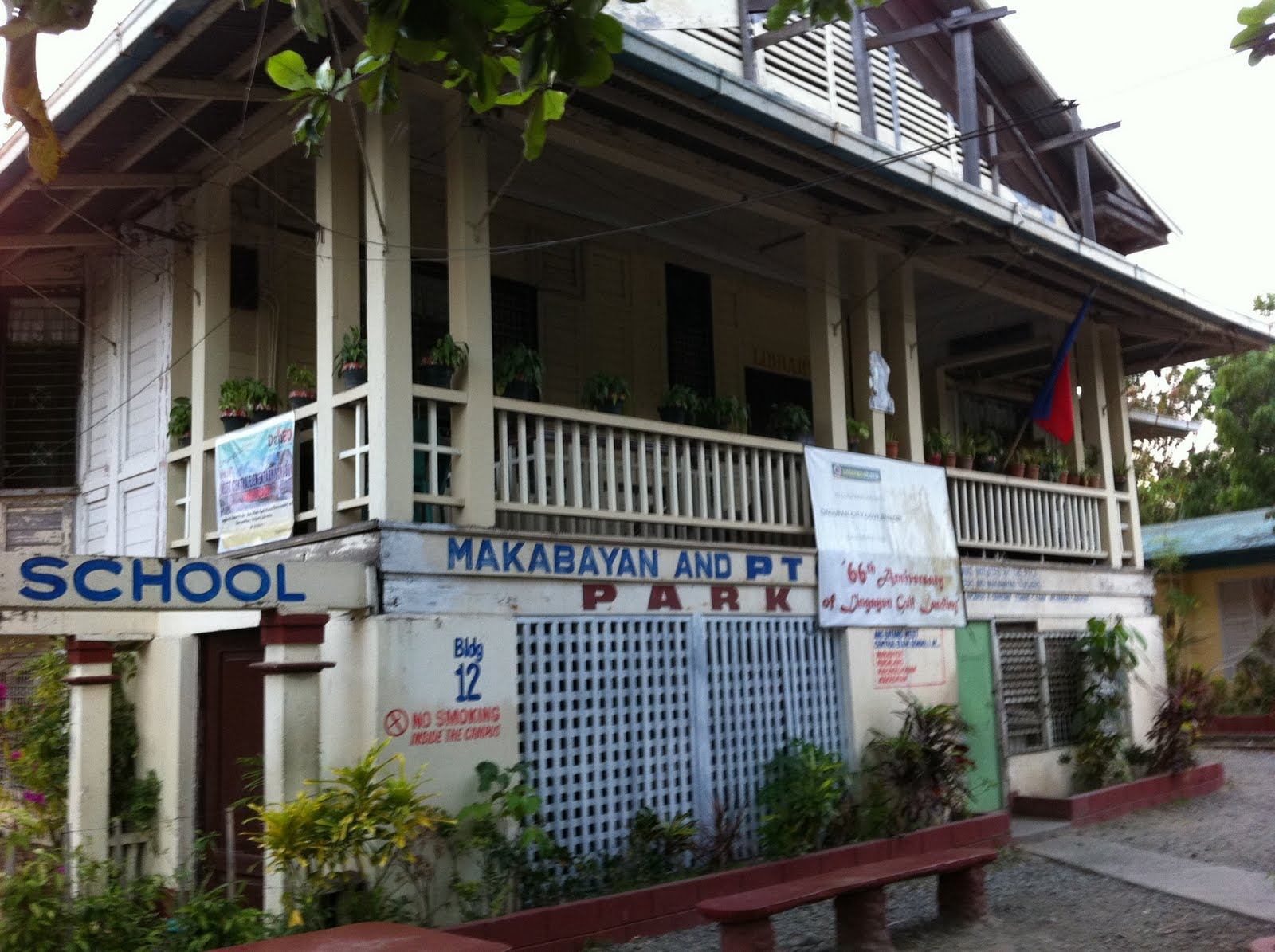
In 2018, Pangasinan 4th District Representative Christopher de Venecia asked the DepEd to conduct an initial assessment on the building.
The DepEd report said the building’s wooden structures had already incurred 70% to 80% damage. The assessment team also suggested raising the floor level to more than one meter high.
De Venecia’s effort, combined with the DepEd’s inspection, resulted in the preparation of restoration plans.
An August 16, 2019, DepEd awarded a Notice to Proceed to Alberto S. Sison, proprietor of local contractor ASS Construction, with a contract amount of P3,966,368.66.
On September 9, 2019, the Dagupeño community, both online and local, were shocked to learn that the building was being dismantled.
Netizens called it “rape and desecration.” The building had become a skeleton, its wooden pieces removed.
Even De Venecia, who urged the restoration, was shocked to see the building dismantled. The following day, Dagupan City Mayor Marc Brian Lim issued a suspension order.
De Venecia immediately wrote a letter to DepEd Secretary Leonor Briones. In reply, the DepEd sent a team to coordinate with the local government.
A local hearing found lapses on the side of the DepEd and the contractor. The investigation revealed that the DepEd Dagupan City Division and the contractor did not consult with the local government and other concerned government agencies.
The contractor also failed to secure a Permit to Construct, or even a Prominent Public Notice prior to the implementation, according to a copy of the report posted by DepEd Undersecretary Alain Pascua.
The DepEd contractor explained that the NHCP restoration methodology requires that the building first be dismantled, with its wooden parts tagged, and then its infested parts cleared.
A faithful reconstruction of the building would begin after the parts were tagged and all damaged components were replaced.
After sorting things out, and after securing necessary documents, the contractor resumed with the restoration.
To the future
De Venecia expressed joy upon seeing a monumental piece of Philippine history faithfully restored to its former glory.
Even General MacArthur’s iconic white bathtub had been reinstalled in its original spot in the building.

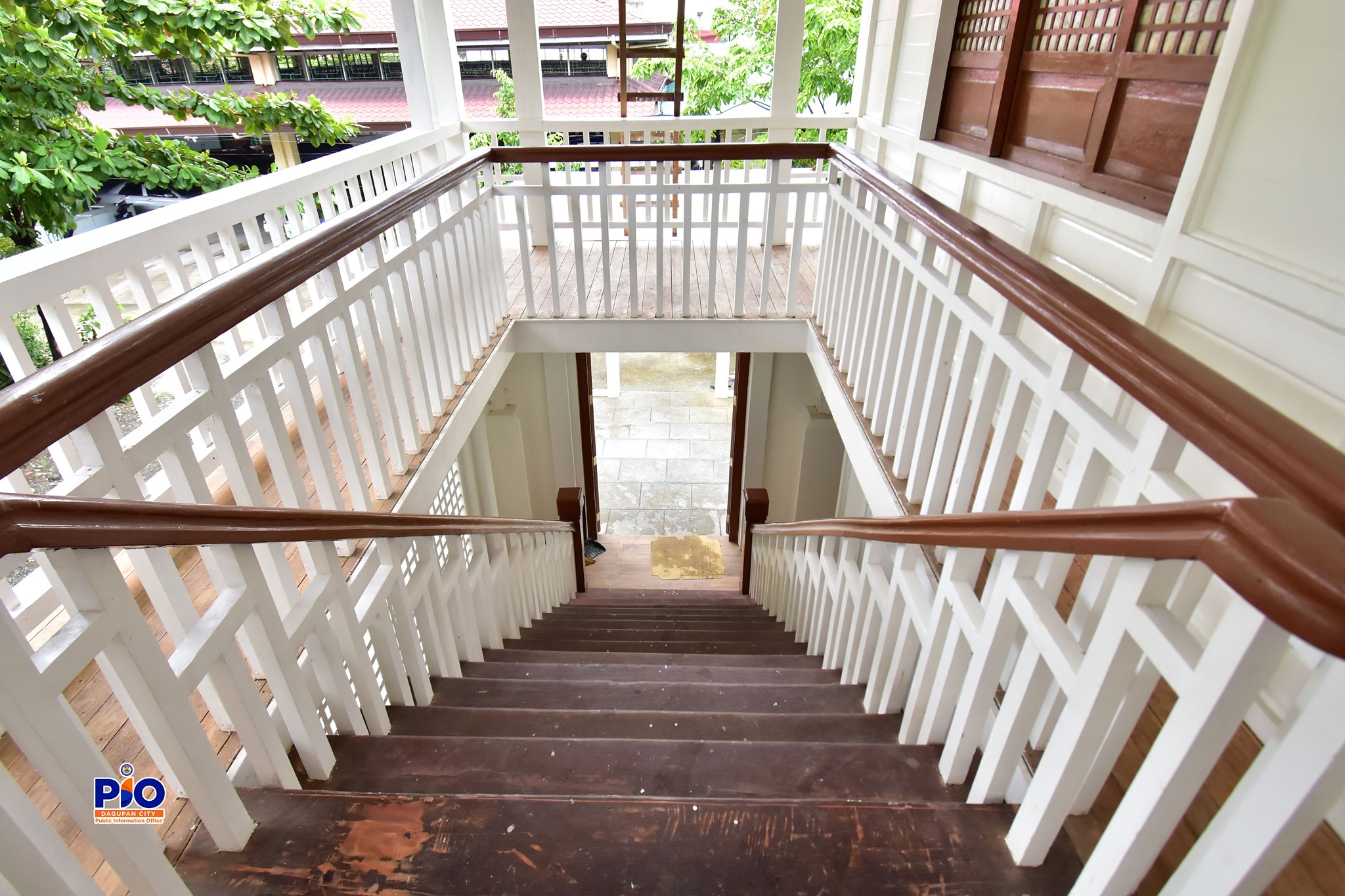

Aguedo Fernandez, DepEd Dagupan City Schools Division Superintendent, said the department will use the building for instructional purposes, although other sectors are also pushing for the building to be a tourism and historical site.
But that debate is for another time.
With the historic building standing proudly, people, including younger generations of Filipinos and Dagupeños, see it as an icon of freedom – reflecting MacArthur’s promise to return and save the Filipinos during war time.
He was a little late, but he did return. – Rappler.com
Add a comment
How does this make you feel?

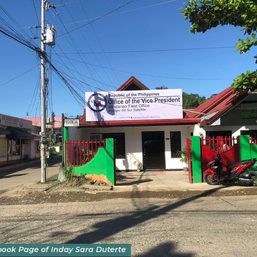

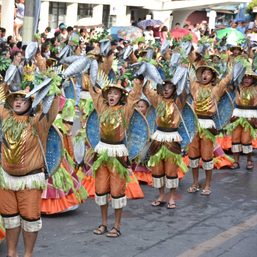

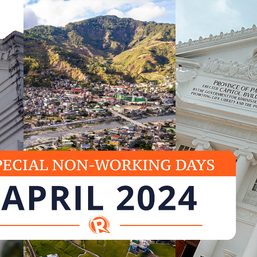




There are no comments yet. Add your comment to start the conversation.